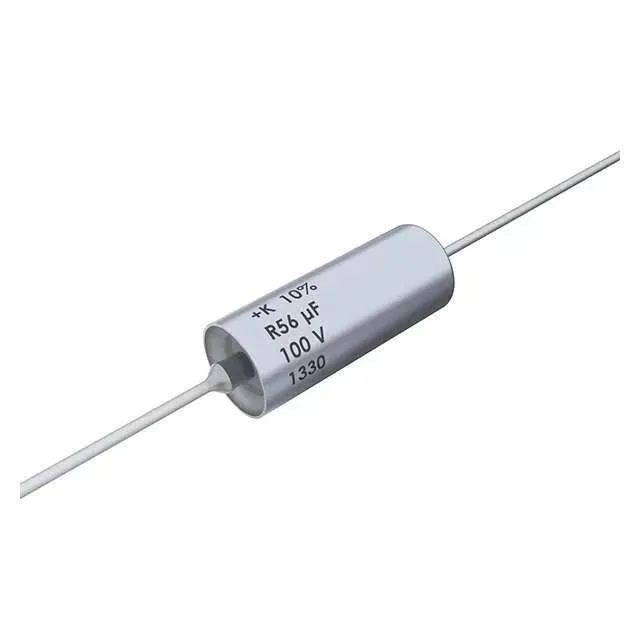
Are Tantalum Capacitors ?
Your tantalum capacitors are absolutely polarized – a fundamental characteristic that distinguishes them from ceramic or film capacitors.
The Science Behind the Tantalum Capacitors Polarity
Tantalum capacitors rely on an electrochemical principle:
- The tantalum pentoxide (Ta₂O₅) dielectric layer forms only when voltage is applied in the correct polarity
- Reverse voltage as low as 1.5V can destroy this delicate oxide layer
- Unlike aluminum electrolytics, tantalum caps fail catastrophically (often with flames) when reverse-biased
How to Identify Tantalum Capacitor Polarity
You’ll spot the polarity markers on all modern tantalum capacitors:
Physical Markings Decoded
| Package Type | Positive Marking | Negative Marking |
|---|---|---|
| Leaded (Axial) | + symbol | Case body |
| Leaded (Radial) | Longer lead | Shorter lead |
| SMD (Chip) | Bar/band | Opposite side |
| SMD (Molded) | T-shaped mark | Plain side |
Pro Tip: When in doubt, consult the datasheet – markings vary by manufacturer (AVX vs. KEMET vs. Vishay).
The Consequences of Reverse Polarity Connection
You risk three failure modes when polarity is reversed:
- Instant Catastrophic Failure
- Dielectric breakdown → short circuit
- Thermal runaway → flaming component (especially in low-impedance circuits)
- Latent Damage
- Reduced capacitance (20-50% loss)
- Increased leakage current (up to 100x normal)
- System Collateral Damage
- PCB trace vaporization
- Microcontroller I/O pin destruction
Industry data shows 43% of tantalum cap failures stem from incorrect polarization (Source: KEMET Application Notes).
Safe Installation Practices for Engineers
You can avoid polarity mistakes with these protocols:
Design Stage Precautions
- Always include polarity symbols on PCB silkscreen
- Use symmetrical footprints only for non-polar caps
- Add reverse polarity protection diodes for mission-critical circuits
Assembly Process Checks
- Automated optical inspection (AOI) for SMD placement
- Manual verification checklist for hand-soldered boards
- 3V DC bias test (measures leakage current)
Alternatives When Polarity is Uncertain
You have options when your design requires polarity switching:
- Back-to-Back Tantalum Config
- Two caps in series (+ to +)
- Cuts effective capacitance by 50%
- Non-Polar Tantalum Caps
- Special “NP” series (e.g., AVX TR3)
- 3-5x higher cost than standard
- Ceramic Capacitors
- MLCCs for non-polar needs
- Lower ESR but higher voltage coefficient
The Evolution of “Forgiving” Tantalum Capacitors
Modern innovations help mitigate polarization risks:
- Polymer Tantalum (e.g., POSCAPs) – withstands brief reverse spikes
- Hybrid Ta/Al – combines tantalum’s density with aluminum’s reverse tolerance
- Surge-Rated Series – specially tested for transient reversal (Vishay T50 Docs)
